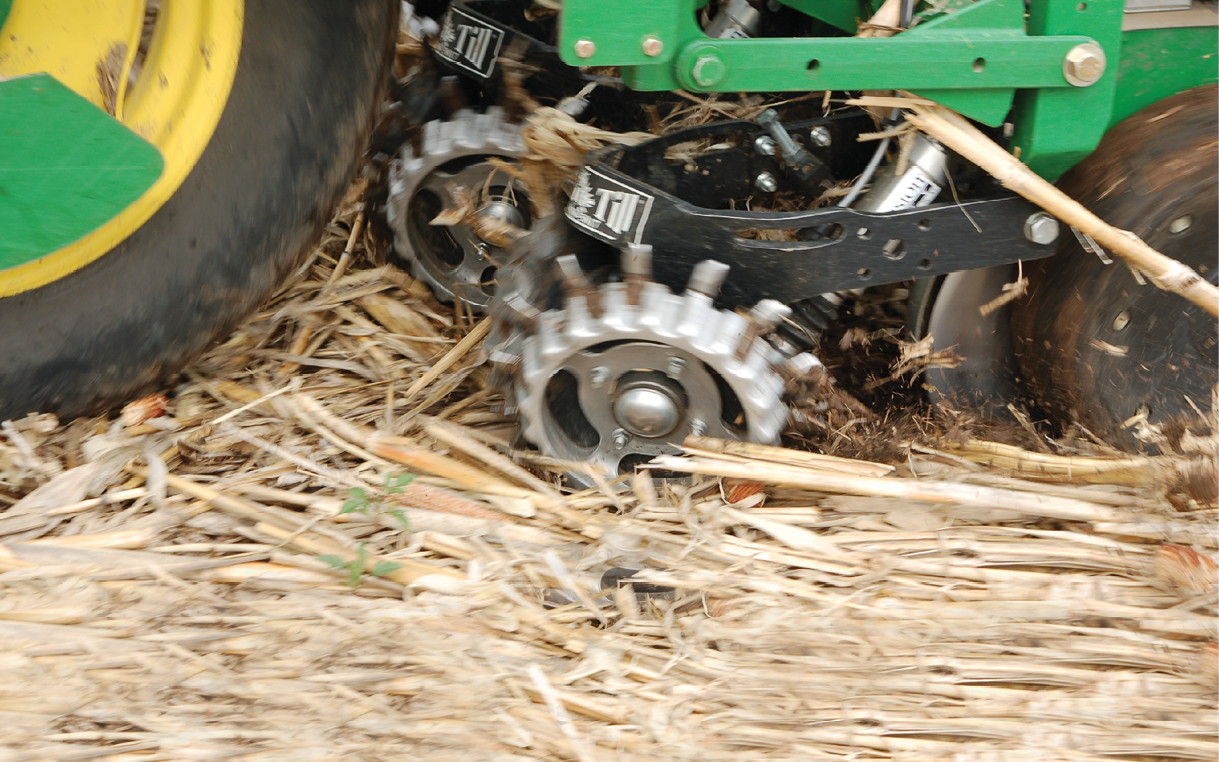No-Till Farmer
Get full access NOW to the most comprehensive, powerful and easy-to-use online resource for no-tillage practices. Just one good idea will pay for your subscription hundreds of times over.

Price advantages. Nutrient management. Increasing organic matter. Soil types. There are many reasons a no-tiller may decide to work with a corn-on-corn rotation, but continuous no-till corn isn’t absent of challenges.
Increased corn yields means increased residue — which, without a good management plan, can lead to devastating crop diseases or inconsistent emergence and uneven stands.
But no-tillers can fight back and have success with corn-on-corn by making planter adjustments tailored to their specific conditions and environment, and focusing on other aspects of their no-till system, including nutrient management and soil health.
The key to making no-till continuous corn work starts before the planter is in the field.
“I think it all starts the previous fall, during harvest. You’ve got to get that residue spread out as evenly as possible at the back end of the combine,” Mark Hanna says. “I feel like it’s pretty darn important, particularly in a continuous-corn situation.”
To achieve this, the Iowa State University agricultural engineer recommends no-tillers check the conditions of knives in the chopper, as well as the rotational speed of the shaft, and make sure if it’s belt-driven that the belt hasn’t worn or is subject to slipping. On the spreader, no-tillers should make sure the rotational veins or bats are also in good condition.
Andy Thompson, regional sales manager for Yetter Mfg., agrees that residue should be evenly dispersed. No-tillers should take into consideration the size that residue particles should be broken into, although this is currently…